How Facelifts Treat “Ozempic Face”

If you have used Ozempic® or similar medications for medical weight loss, we congratulate you on your progress! However, we understand that this solution may have brought about a unique challenge: the phenomenon known as “Ozempic face.” Here’s what we know about semaglutide-related facial aging, and how facelifts can address these changes.
Ozempic face: Loose skin, wrinkles, and lost facial volume after medical weight loss
“Ozempic face” describes facial volume loss, fine lines and wrinkles, and sagging skin that can accompany significant weight loss with medications like Ozempic®, such as Wegovy®, semaglutide, other GLP-1 agonists, and tirzepatide. As well, after major weight loss, you may notice more pronounced visibility of underlying facial structures, such as the cheekbones, jawline, and the orbital area due to the loss of subcutaneous fat.
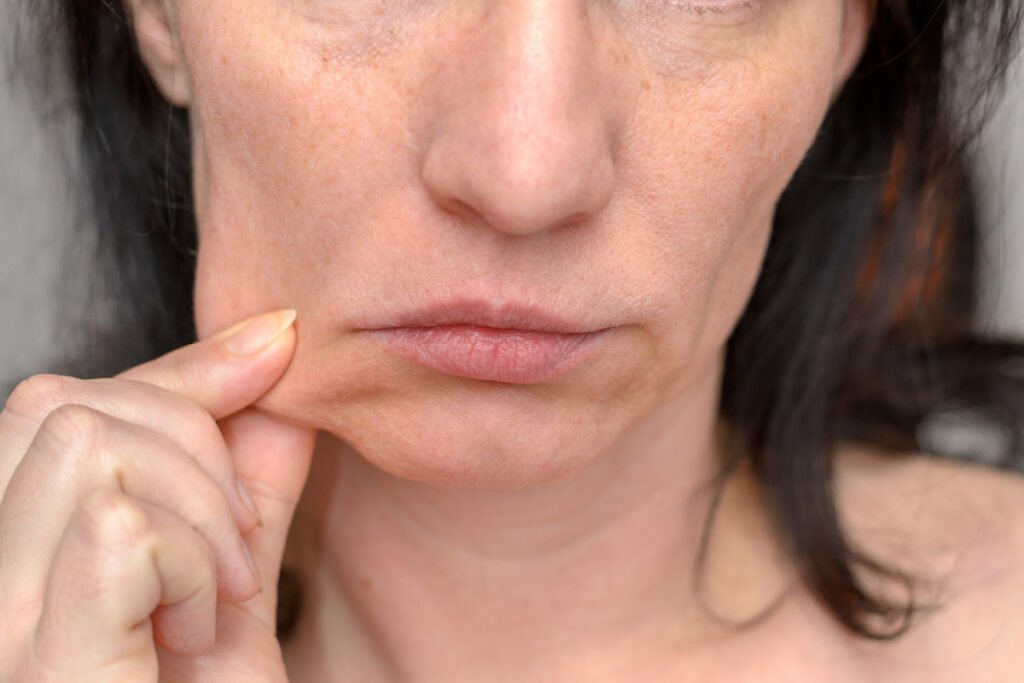
Why semaglutide makes you look older
Semaglutide and related medications offer transformative results for body weight management and diabetes control, but they can also accelerate the appearance of aging in the face in two ways:
- They reduce fat in facial areas that contribute to a youthful appearance, such as the cheeks.
- As with any rapid weight loss, they can leave behind stretched, sagging skin; this may be particularly noticeable in areas like the jowls and neck.
Dr. Claytor uses a nuanced facelift technique to achieve results that help you appear 10 years younger without the appearance of having had “work done.”
A deep plane facelift and neck lift restores facial volume & jawline definition
A deep plane facelift is a surgical technique designed to address the signs of aging and weight loss by repositioning the deeper layers of the face—including ligaments, muscles, and fat—rather than merely tightening the skin. Dr. Claytor simultaneously treats the neck, using a technique called platysmaplasty, during most deep plane facelifts.
This approach allows for comprehensive anti-aging rejuvenation, making it particularly effective for those experiencing the many effects of semaglutide-related weight loss. Because of this, deep plane facelifts with Dr. Claytor are known to provide very natural-looking results.
Facial fat transfer & combination laser treatments can further treat fine lines and restore the skin’s surface
In many facelift cases, Dr. Claytor also performs facial fat transfer to add permanent volume to areas like the cheeks, lips, and jawline. He is also a pioneer of the LaMiNa technique, which exceeds the results of traditional CO2 laser treatment by combining it with microneedling and nanofat application, which means applying purified fat (harvested with liposuction) to help the skin heal faster and better. Both of these procedures can be performed during the same facelift procedure, while under the same anesthesia.
Dr. Claytor’s deep plane facelift patient, before and after surgery
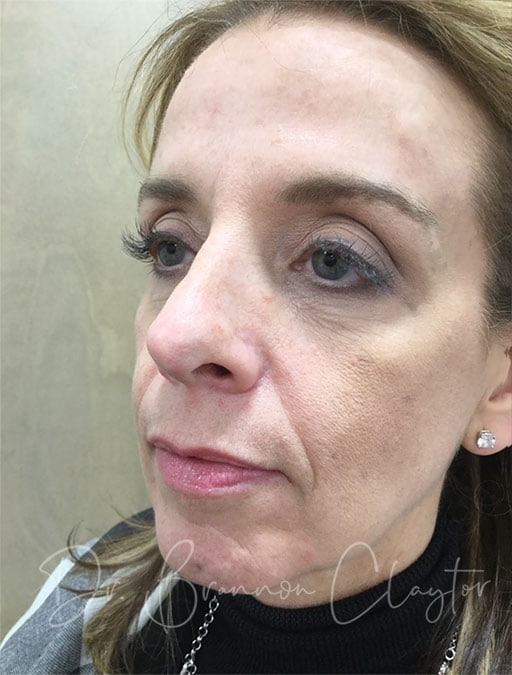
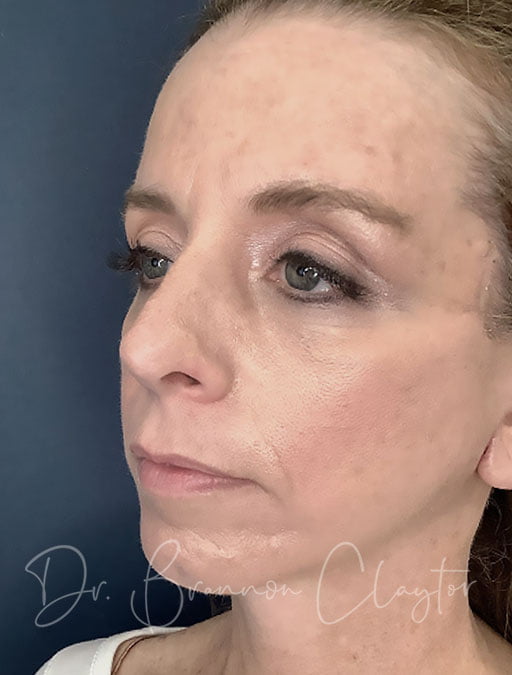
*Individual results may vary on a case-by-case basis
Benefits of deep plane facelift after losing weight
- Restoration of volume: By repositioning deep facial tissues, a deep plane facelift can restore lost volume to areas affected by fat loss, offering a more youthful and balanced facial appearance.
- Long-lasting transformation: Unlike dermal fillers or non-surgical options, deep plane facelift results can last many years, addressing not just the symptoms but the underlying causes of facial aging after rapid weight loss.
- Natural-looking results: By working beneath the surface and addressing the facial structure, this technique avoids the stretched or overly tightened look that can result from traditional facelifts.
Dr. Claytor’s deep plane facelift patient, before and after surgery
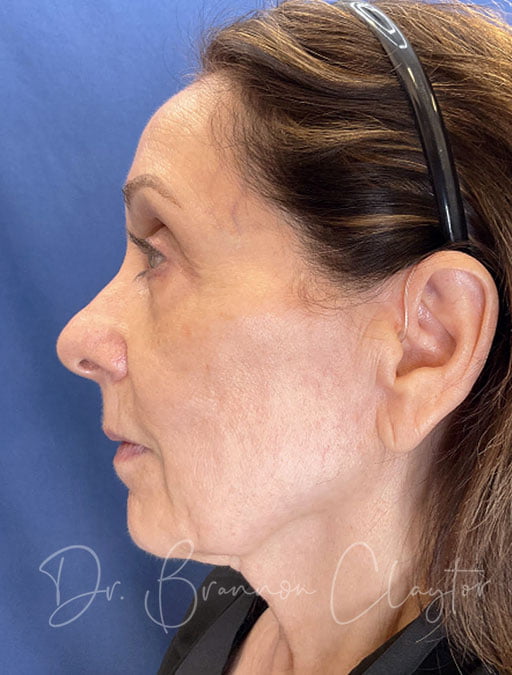
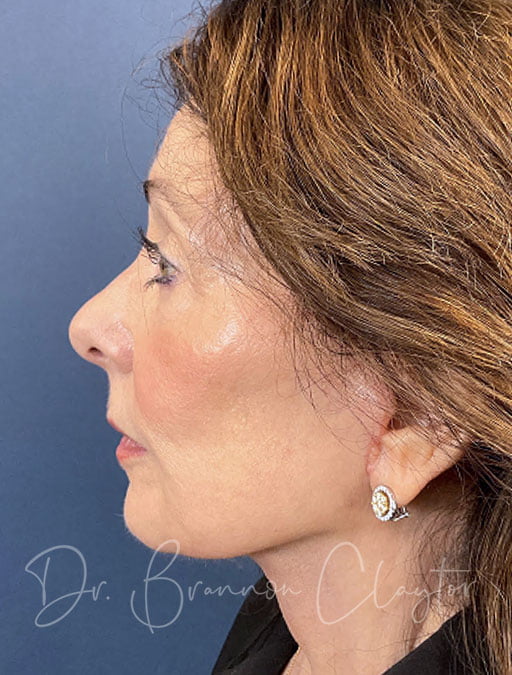
*Individual results may vary on a case-by-case basis
Take the first step! If you are considering facelift surgery after semaglutide-related weight loss, schedule a consultation with board-certified plastic surgeon Philly Dr. Brannon Claytor. He is a deep plane facelift specialist who understands the nuances of facial aesthetics and the specific challenges presented by medical weight loss—and he offers thorough consultations to answer your question and discuss surgical options. Call 610-527-4833 or fill out the contact form below to get started today!
